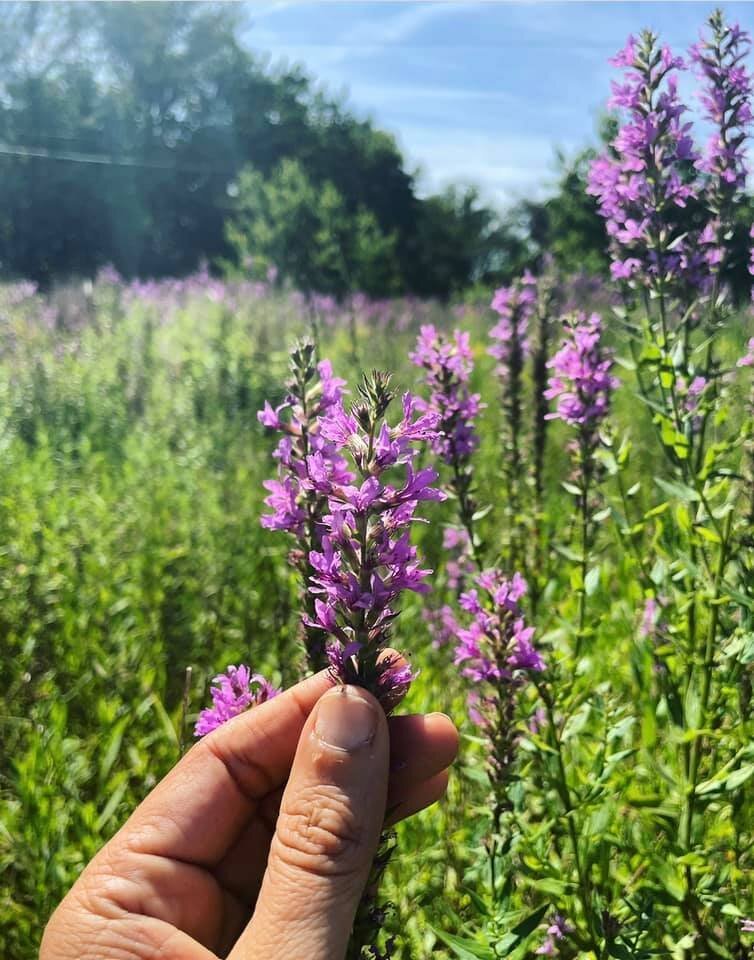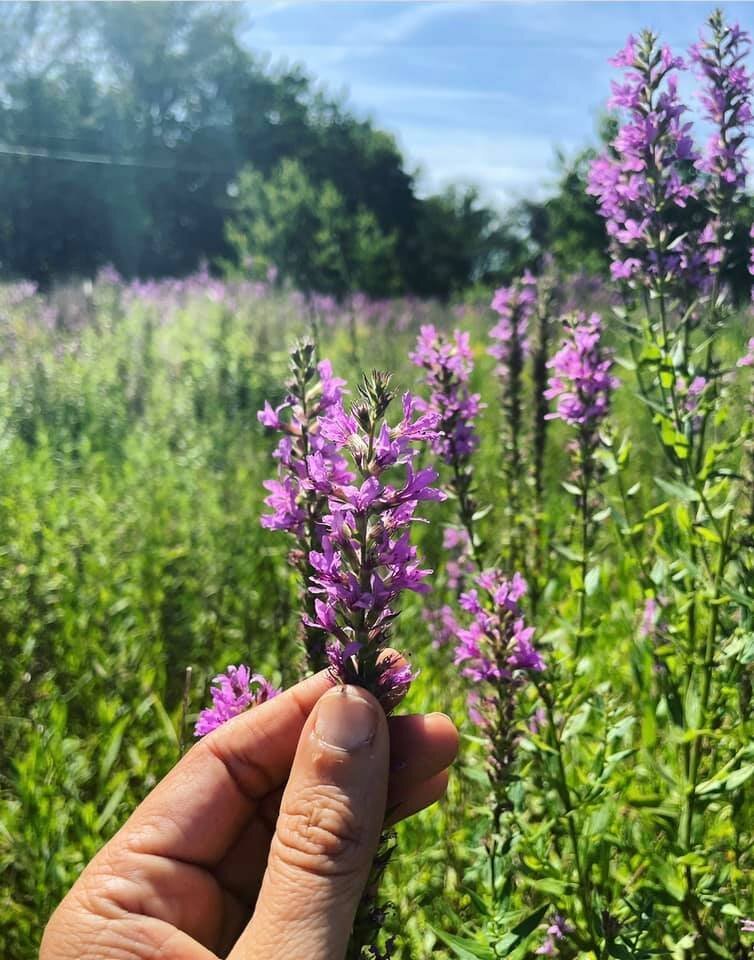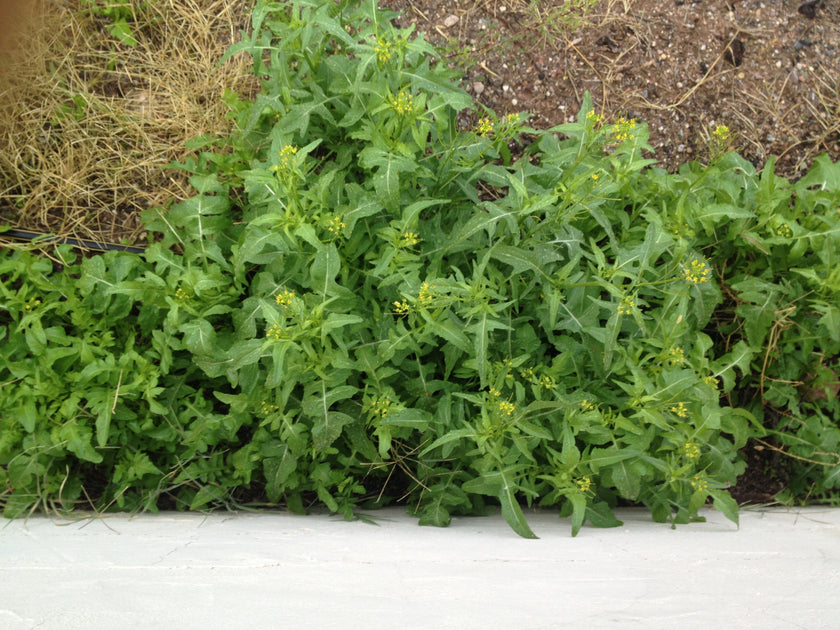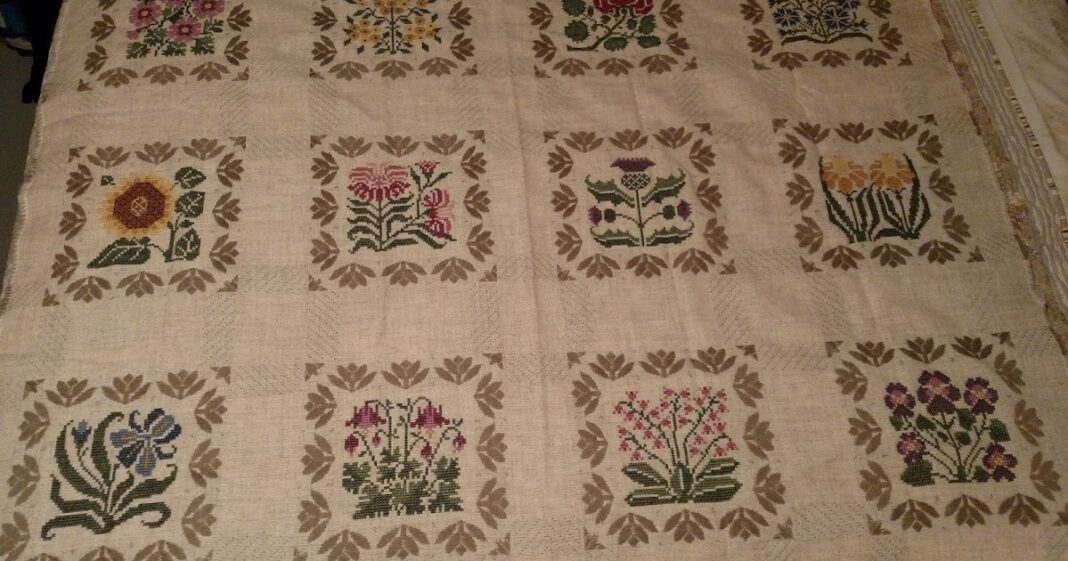
Herbal Actions: Antimicrobial, antifungal, antioxidant, anti-inflammatory, astringent, demulcent, styptic, vulneraryMedicinal Use: Purple Loosestrife has a long history as an important medicinal throughout its native range and has been utilized as medicine since ancient times. Written about by Dioscorides in Materia Medica (c. ~70AD), Pliny the Elder in Naturalis Historia (c. ~80AD), Hildegard von Bingen in Causae Curae (c. ~1100 AD) and many more. One of the key ways it has traditionally been used is for any infectious diarrhea and outbreaks of dysentery, which is most often caused by bacteria from Shigella genus. And it can be employed in chronic diarrhea too. The combination of its antimicrobial, astringent, vulnerary and demulcent actions make it perfect for this condition. It was effectively used in dysentery epidemics in Sweden (1793), Boulogne (1858) and around Lyon (1773). During WWI, Doctor Henri Leclerc, in the First Battle of the Marne (1914) used an infusion (tea) of Purple Loosestrife to treat diarrhea among soldiers who weren’t responding to other treatments. Also during WWI, Dr. Gougeon documented successful treatment of dysentery with this herb in soldiers in a hospital on the military front in Rennes. Other traditional uses include typhus, cholera, piles (hemorrhoids), ulcers, skin eruptions, wounds, to stop bleeding, ophthalmia, liver disease, and leukorrea. Has been traditionally been used for infant cholera and is considered safe for children and infants. As an astringent it is also beneficial topically and for wound healing and makes a good gargle for a sore throat and as an ingredient in throat sprays. Beneficial topically for hemorrhoids and varicose veins. It has styptic properties as well and has been used for gastrointestinal bleeding, bleeding ulcers, bloody diarrhea and even spitting blood. Excellent as an eye wash for irritated eyes and is a good analog for Eyebright (Euphrasia spp), which is on the United Plant Savers “At-Risk” list of plants. Maude Grieves writes in A Modern Herbal, “It has been stated to be superior to Eyebright in preserving the sight and curing sore eyes.” It’s combination of both astringent and demulcent properties make it wonderful for restoring tone to the digestive tract while also supporting the health of the mucous membranes. Useful in a gut heal tea and intestinal infections. Has antimicrobial properties and has been demonstrated to have activity in vitro against Candida albicans, Staphyllococcus aureus, Proteus mirabilis, E. coli, Microccocus luteus, and Cladosporium cucumerinum. It’s believed that its oleanic acid and ursolic acid conrtribute to its anti-fungal properties and the compound vescalagin contributes to its antibacterial properties. Herbalists Katja Swift and Ryn Midura work with Purple Loosestrife as an anti-fungal for athlete’s foot and find it to be synergistic with Usnea Lichen (Usnea spp) for this use. It’s a potent antioxidant and anti-inflammatory, likely due to its flavonoids isovitexin and isoorientin. Vulnerary herb that has been traditionally used on wounds- can be used topically in salves, oils, honey, diluted tincture or internally as a tea for inflammation and irritation in the gut. Modern herbalists most often work with Purple Loosestrife in allergy formulas- enlisting its astringent and demulcent properties. Often combined with Nettles (Urtica dioica, U. membranaceous), Goldenrod (Solidego canadensis), and Reishi Mushroom (Ganoderma lucidum, G, tsugae) for this use. Smoke medicine- the plants may be used in burning bundles or in loose incense. History of use in Traditional Chinese Medicine (TCM), known as Qia qu cai or Herba Lythum. TCM considers it to be cold, bitter and astringent and it’s associated with the Liver, Small Intestine, and Lungs and classically used to treat dysentery. Preparations & Dosage: Leaf & Flower- Bath, Infusion- 1 tbsp: 1 cup water, steep 10-15 minutes, strain, drink 3 cups/day, Infused Oil, Infused Honey, Salve, Tincture (40%-50% Alcohol)- 1/2-1 tsp 3x/day, Poultice & Compress, Vinegar (100% raw apple cider vinegar), Oxymel (75% vinegar, 25% raw honey), Smoke MedicineContraindications: No known herb-drug interactions. Unknown if its contraindicated in pregnancy so best to avoid it.More: The Latin name Lythrum is thought to be from the Greek luthron, meaning ‘gore,’ from the color of the flowers or maybe the foliage which turns red in the fallA recipe for a salve from A Modern Herbal:“An ointment may be made with the water 1 OZ. to 2 drachms of May butter without salt, and the same quantity of sugar and wax boiled gently together. It cleanses and heals ulcers and sores, if washed with the water, or covered with the leaves, green or dry according to the season.”It has been used to tan leather, likely due to the tannin content.Dioscorides wrote in De Materia Medica (c. ~70 AD):“The herb is tart and strong in taste, of an astringent and refrigerant nature, good for stanching both outward and inward bleeding; sap extracted from the leaves and drunk stops blood-spitting and dysentery, and sour wine in which the leaves have been boiled when taken internally will have the same effect; and if the plant is set afore it gives off a pungent vapor and smoke that drives away serpents; and flies cannot stay in a room where this smoke is.”
Top 5 This Week
Related Posts
Purple Loosestrife Medicine — Milk & Honey Herbs


